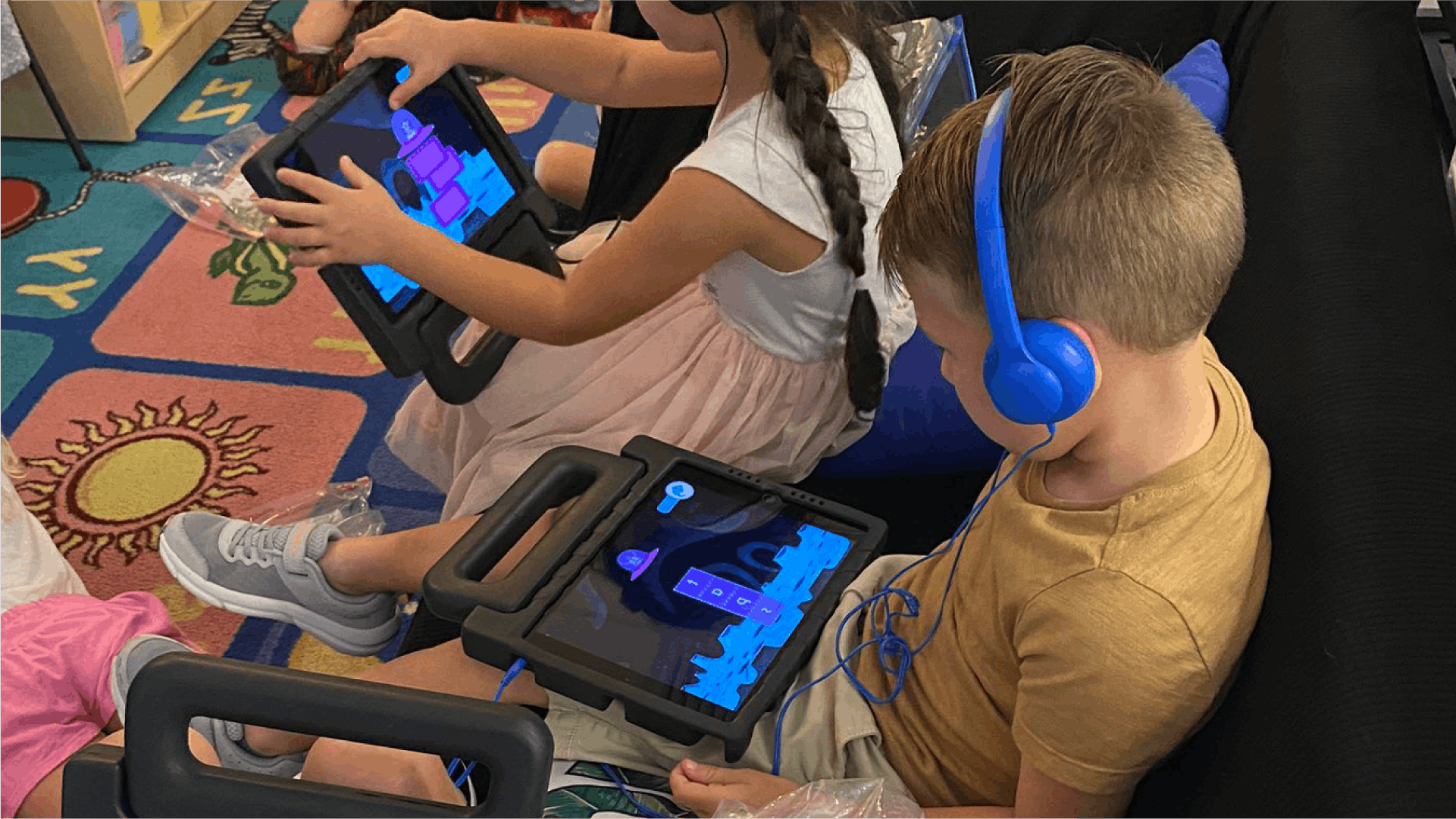Confidently managing and engaging ALL pupils with phonics
Supporting SEN students using our Teach Your Monster Phonics Game - A Case Study.
(3 minute read)

Heather Gauck, has just finished her 31st year working in the Grand Rapids Public Schools district! As a Resource Teacher for Special Education, she supports students with additional needs in the general education classroom.
Working with Pre-K through to 8th Grade students, Heather is one of five resource teachers at her school, with 23 students on her current caseload. She started using Teach Your Monster to Read with her students around 14 years ago, and still recommends it to fellow resource teachers.
At the beginning of the school year, Heather sets the kids up with their own monster to play through ‘Adventure Mode’. She told us she uses the game as a supplement to her sessions:
“It really has worked well for me when my small group of students are done with my session of teaching a phonics skill. Then they have the ability to use the last 10 minutes of my session to take an iPad and work on wherever they are in the game.
The thing that I really like about Teach Your Monster, wherever the student is, is that it's very individualised. I have some students who are still learning their ABCs, and some who are more at the word level, doing the three sounds together, or even the digraphs and blends and all those things. Each child can work on where they are in the game.”
This is one of the key things that Heather, alongside many of our other Teach Your Monster Teacher fans, all report - the game allows them to be confident that students are being educated with the right knowledge, at their own level and pace, independently of the teacher, giving them the time to work with the other students.
“I've talked to other resource teachers who sometimes struggle when they say, ‘if I'm working with this one student on the silent E, and then you have students who are working at the CVC level, like, how do you do that in a class? And how do you do that and know that the student that you're not totally focused on, is actually doing something that is helping them, that is good for them, that still aligns with their IEP (Individual Education Plan) goals?’
And I've always been able to say, ‘well, my students just do Teach Your Monster to Read, and it's not really that much of a problem because I can take five, ten minutes and work with this one student knowing that everybody else is still working on their phonics.’”
Heather works with a wide range of abilities in her caseload. Students with ADHD, speech and language impairments, learning disability, emotional impairments and autism.
One child with Cognitive Impairment (CI) an IEP (Individual Education Plan) responded particularly well with Teach Your Monster to Read:
”There was a student who really was very resistant to reading, and they did not want to really do much of the reading at all.
You could see that sitting at the table with a book or something, they really struggled. And so being able to have them sit on a comfy beanbag with their iPad, still working on those reading skills and putting those sounds together, I have seen them be engaged.”
For our final note, we asked Heather, “What does Teach Your Monster mean to you?”
“Teach Your Monster to me is peace of mind, because I just feel at ease that my students have something in their hands that they enjoy that is still working towards the goals that we have in their phonics program.”
